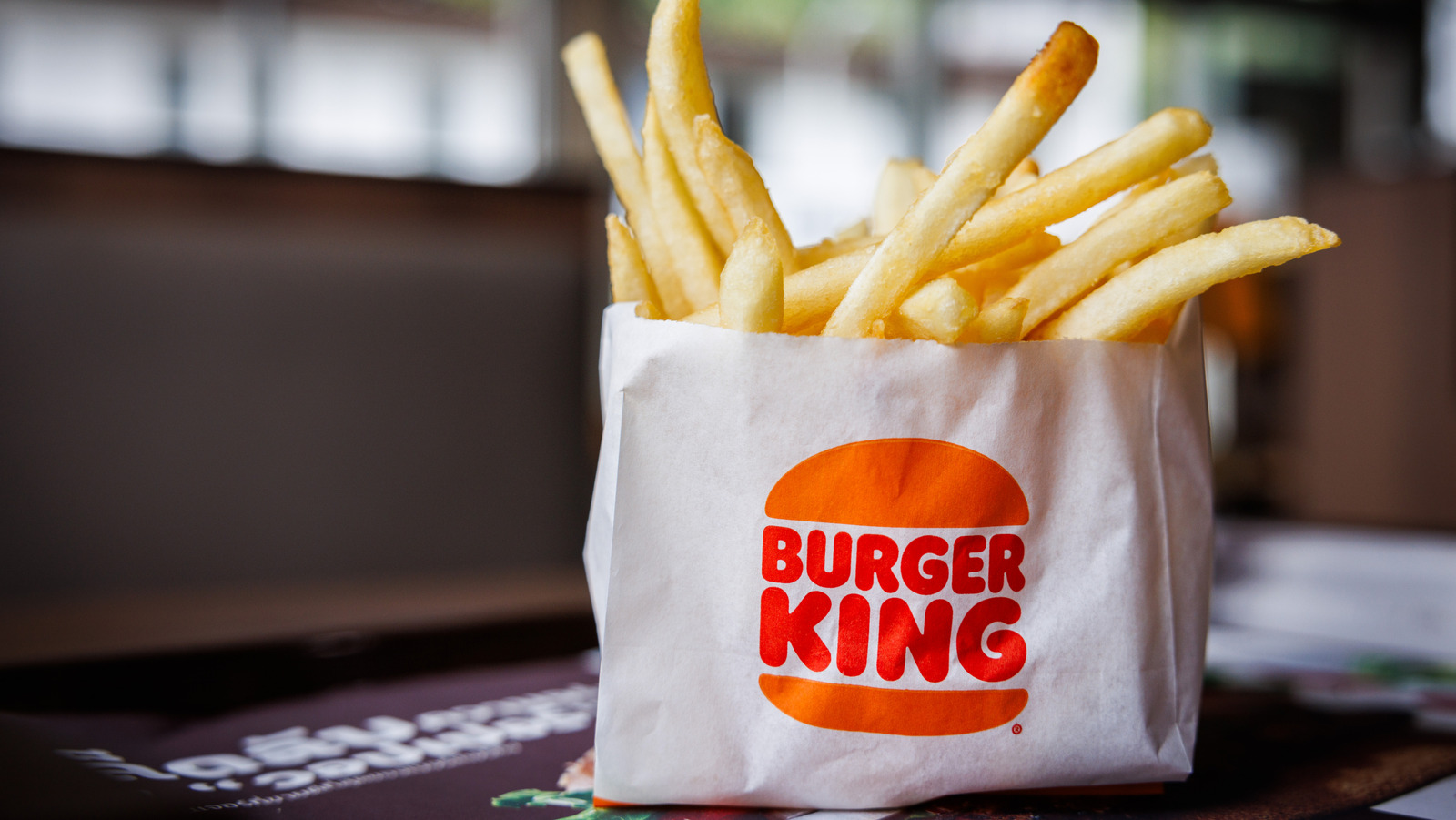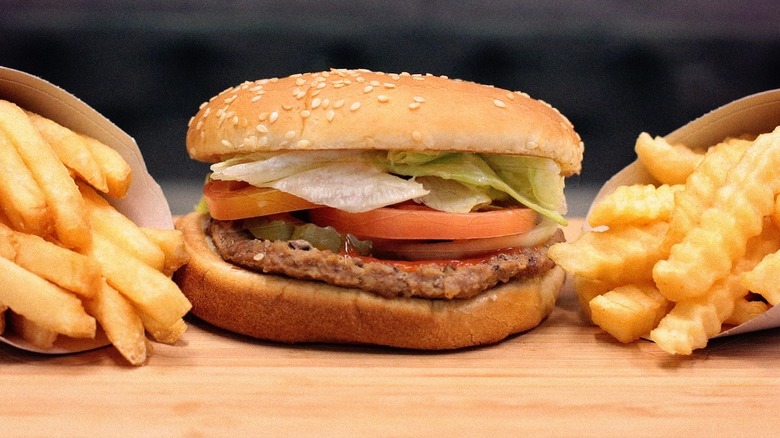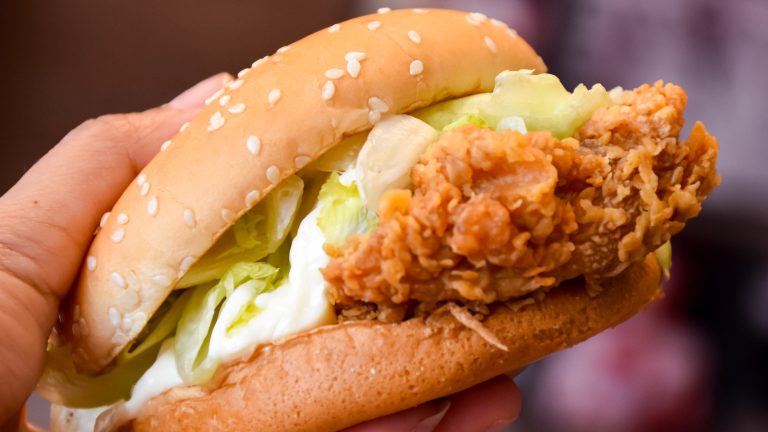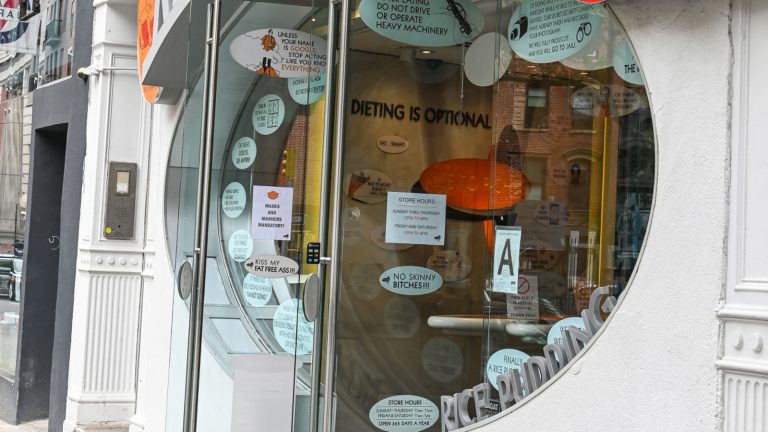When a restaurant chain experiments, sometimes the results are fantastic new additions that expand the menu, like Crumbl’s mini desserts. Other times … not so much. In 2013, Burger King introduced a new type of crinkle cut fry, alongside its regular recipe, in an attempt to cash in on the expanding healthy food market.
The “Satisfries” were anything but satisfying, though. The real difference between them and Burger King’s original recipe was a less porous batter that prevented as much oil from seeping into the fries. While this reduced the total calorie and fat count of each serving compared to a regular order, it also drastically undercut the whole reason customers enjoy french fries in the first place. The potatoes need to absorb a certain amount of oil to develop that hearty, filling flavor. With a batter that sabotaged their ability to do so, Satisfries developed very little demand among Burger King customers.
The chain allowed franchises to stop serving Satisfries just a year later, making it a complete failure of menu innovation. When it comes to fast food chain fries, it’s often the establishments that lean into bold spice blends and place little to no emphasis on cutting calories or fat that stand above the rest. Combined with a higher price, Satisfries were simply doomed from the start.
Satisfries cost too much and tasted too bland
Keep in mind that around 2013, during the early days of customer demand for healthier fast food options, many chains made clumsy attempts to meet that demand. However, few missed the mark quite as severely as the Satisfries.
First, the cost of Satisfries was a no-go from the start. Fast food needs to be cheap, hot, and tasty to generate demand. But since the Satisfries’ batter inhibited flavor development, most folks weren’t willing to pay more for them. A regular order of Satisfries cost $1.89, while a regular order of the original recipe cost $1.59. It seems a handful of Burger King executives assumed people would pay more for a worse-tasting product, as long as it could be marketed as marginally healthier.
Second, the demand simply wasn’t there. Plenty of customers flock to fast food restaurants for salads from Wendy’s or Zaxby’s, but there’s only a marginal market for people looking to compromise on their fries. Burger King didn’t need to channel its inner Robert Freeman and start offering Vandross-style donut burgers, but it does seem like a missed opportunity not to explore brand-new menu items instead of compromising a fan-favorite staple.






